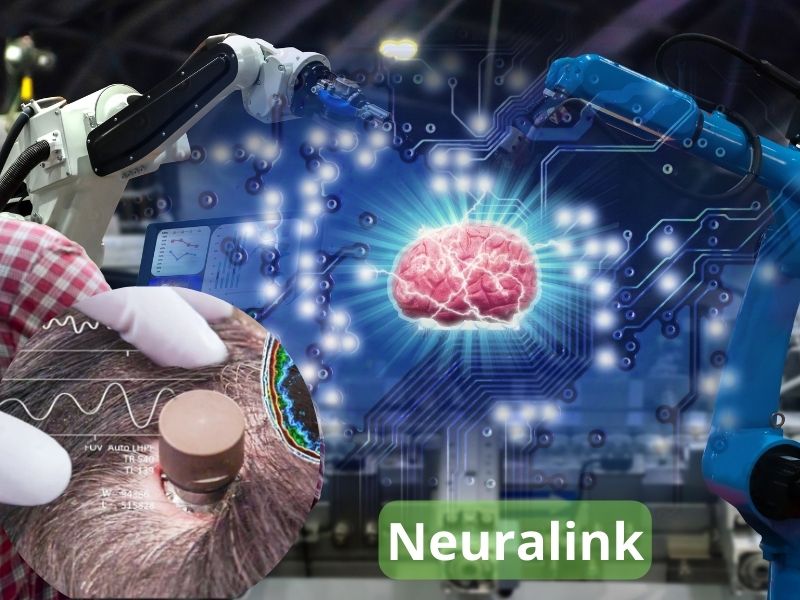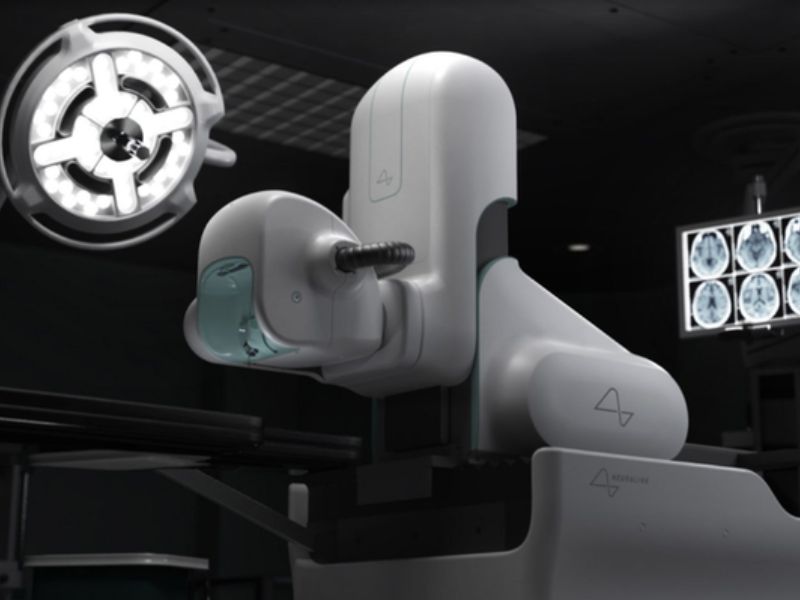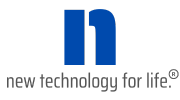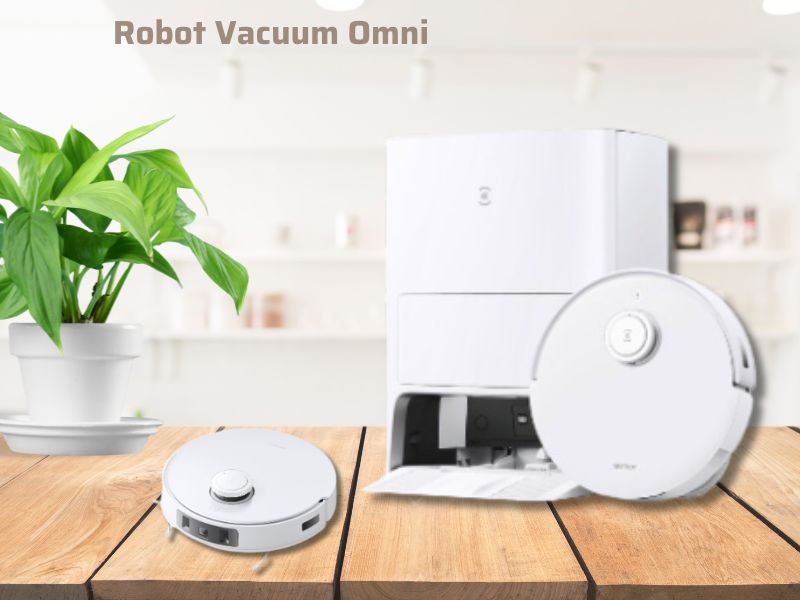Elon Musk, the founder of Neuralink – an advanced neurotechnology company, has shared promising news about the progress in brain chip implantation experiments. The first patient to receive the Neuralink brain chip has fully recovered after the surgery last month and can now control a computer mouse cursor solely through thought.

Musk mentioned that the patient is progressing well and seems to have completely recovered, with normal nervous system functions restored. The ability to control a mouse through thoughts is considered a significant breakthrough for Neuralink, showcasing the immense potential of brain chip implantation technology in restoring functions for individuals with motor impairments.
Neuralink continues to develop the technology with the goal of allowing recipients to control the mouse in various directions and hold buttons. Musk noted that the company is working to optimize thought-controlled functionalities, opening up numerous potential applications in the future.
Promises for the Future:
This technology not only provides the ability to control a computer mouse but also promises various applications, including assisting individuals with paralysis or communication difficulties to interact with technology devices solely through their thoughts.

Neuralink’s implantation system, called Telepathy, is expected to offer the capability to control phones or computers solely through thought. With 1,024 electrodes attached to thin, flexible fibers, this technology promises an optimized means for users. The electrodes record the electrical activity of nerve cells in the brain without “controlling” them.
Medical Applications:
Neuralink is also researching the potential use of this technology to treat neurological disorders such as Parkinson’s, Alzheimer’s, and even restore function for patients who have lost mobility or sensation due to spinal cord injuries.
Challenges and Prospects:
While Elon Musk has described ambitious goals, such as linking the brain to computers to download information and memories from deep within the mind and providing “superhuman vision” for humans, experts in the field emphasize that these capabilities are still futuristic. Safety concerns and legal regulations are also significant challenges that Neuralink needs to overcome before their technology can be widely and officially applied.
Note: This article utilizes information, images from Neuralink





You actually make it appear so easy with your presentation however I
to find this matter to be really one thing which I feel I would never understand.
It sort of feels too complicated and very huge for me. I’m taking a look
ahead to your next publish, I’ll attempt to get the cling of it!
Escape roomy lista